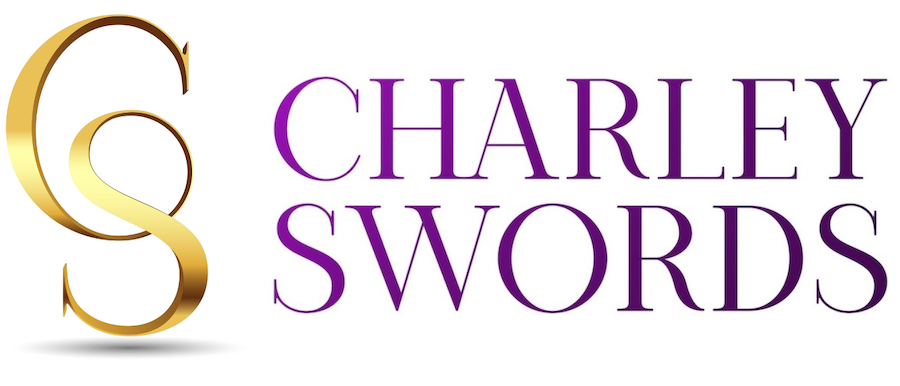As a leader, you rely heavily on your everyday activity of communicating with your employees, and it is an art form. Strong, clear, inspiring and impactful communications are key to your and your team’s success. So how do you rate yourself as an effective communicator? Or have you ever really considered this?
Communicating is something which tends to be taken for granted as it is ‘happens’ automatically, but if you want to have greater influence and impact on your employees, you might like to stand back and assess yourself.
Simply put, communications are all about your:
-
Audience – to whom you are communicating something.
-
Style – how you are communicating it.
-
Timing – when to communicate.
-
Message – what exactly you wish to say.
Now more than ever, as a result of the global pandemic, significant numbers of employees are either working remotely, working in a hybrid situation both from home and in the workplace or some are fully in the workplace. Leaders are now finding they need to lead and manage more disjointed and fragmented teams and their communications skills are coming in to sharp focus.
It is important that you bring purpose to your speech, to your written words and to your ability to actively listen. Couple this with sharpening your self-awareness, your communication skills will become a very powerful tool for understanding, respecting and for building solid relationships of trust with your employees.
Self-Awareness is having a clear understanding of your personality, your thoughts, emotions and ultimate behaviours. It allows you to better understand how you affect other people, how they perceive you and how you ultimately manage your responses to them, making sure they are an important part of the conversation.
In recent years the Independent Directors Council (IDC) in the USA commissioned a study to determine how much miscommunication cost companies on average each year. A series of telephone interviews with managers, HR and staff from 400 companies were conducted and the results show that companies with 100,000 employees were losing $62 million per year on average due to misunderstandings! This is an average loss of $624 per employee! This level of cost doesn’t just apply to large companies. Miscommunication and misinterpretation of communication happens in all businesses worldwide.
To prevent similar losses in your organisation and to prevent misunderstandings and misinterpretation, take responsibility for making sure that the person or people with whom you are communicating, clearly understand what’s being said and/or being asked of them.
Build your self-awareness in your communications:
-
Use “I” statements. Simply say what you think or feel about something, and own it. Ambiguity leads to misunderstandings. “I feel frustrated when people are late to meetings” versus “Some people may think that people who come late to meetings are passive aggressive“.
-
Be specific and non-judgemental. Clearly state the facts, rather than expressing your opinion, which may be coloured by the behaviour of others. “You interrupted me several times during our staff meeting” versus “you are an attention-seeker and have no concern for others“.
-
Don’t be afraid to describe how something made you feel. Historically, describing our feelings was frowned upon and considered a sign of weakness. How you feel actually impacts on your message. “I felt angry when you cut me off during our staff meeting.“
-
Make sure your verbal and non-verbal communications are saying the same thing!Saying, “I enjoyed your presentation to the board…“ with your eyes rolling or a sarcastic tone, will confuse people and most likely decrease trust which closes communication down.
Respect is a Key Ingredient:
In order to improve your communication with others you need to make sure you are always respectful of them. Some simple tips to support you in this are:
- You bring pen and paper to meetings and take notes to show your interest in and the importance of what is being said.
- You respond to all phone calls and emails within 24 hours even if it is only to say you will not have an answer until later.
- Make eye contact during employee / customer / patient / stakeholder engagement. When listening to a person you need to consciously make eye contact 70% of the time.
- Never roll your eyes when you are in the middle of discussions or meetings.
- Do not interrupt while others are talking.
- During arguments or heated discussions, always repeat back what you heard the other person / people say to confirm your understanding, before you respond.
- Make sure your starting position is one of belief that people are trying to do their best and are being honest in their communications.


